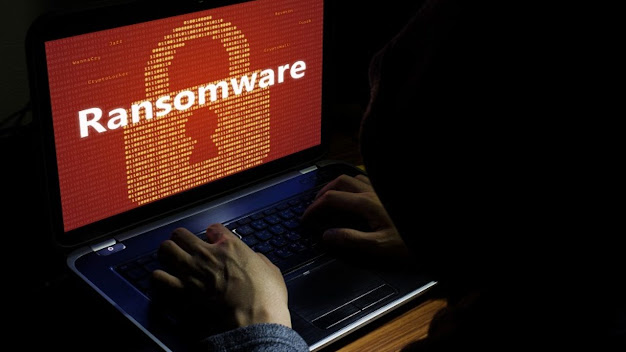Although every organization is well aware of ransomware and the perils it can cause to their businesses, yet many of them don’t really have a good idea of how to recover quickly and efficiently if they encounter a ransomware attack. It is also a widely known fact that even after paying ransom to the bad guys, companies don’t get back their data sometimes. Therefore, having a solid ransomware recovery plan in place is a must for every business.
3 Common Ways Ransomware Encryption Works:
Ransomware only infects when organizations work with poor security systems. Businesses that lack advanced security policies and don’t hire services of cyber security solutions face serious consequences. Here are some of the most common ways cyber criminals use to infect your systems:
Open (Windows) Remote Desktop Protocol Ports (RDP):
Businesses sometimes due to improper configuration of network security leave RDP ports open. And doing this is equivalent to leaving the front door unlocked when you leave your home: it provides an opportunity for cyber-attacks to come through with little deterrence. Once a cybercriminal enters your network, he can install ransomware and additional back doors to access your network at a later date.
Most of the bad actors are still using this method of attack because the trend of remote working is on the rise. Hence, the best practice to avoid this method of attack is to close the RDP port on your endpoints and servers before it’s too late.
Phishing Attacks:
Another widely used method for ransomware attacks is phishing emails. Ransomware operators send provocative emails to the employees of the target organization. These emails either contain an infected link or an infected attachment and when the employee opens this email, the process of ransomware starts.
Compromised Passwords:
The ransomware operators may use previously compromised passwords from employees at your organization to gain unauthorized access to the networks. This happens only when you have poor security practices of reusing the same passwords. Also, cybercriminals trick employees to get their credentials by disguising themselves as from the IT team. Once they get these credentials, your whole security system gets compromised. Therefore, it is recommended to always follow good password hygiene.
X Methods to Follow for the Ransomware Recovery:
If you have become a victim of a ransomware attack, here are some options you can try to restore your files,
Recover Files from the Backup:
If you have kept the backup of your data, you are in the best position to rapidly recover your files. But before starting recovery, just make sure that your backup is not infected, and to ensure this, keep your backups offline or offsite. Furthermore, make sure that you have removed the virus before the recovery process.
Use Data Recovery Software:
There are great chances that data recovery software will get you your data. This is because internet extortionists usually make copies of your files encrypt them and delete the original files. The recovery software will get you back the deleted files. Like the previous method, you should remove the virus before trying this one.
Restoring Windows to an Earlier Point of Time:
This method of recovery can also work but it will not give the complete data. However, you will have most of the files and you can recreate the rest by using them. Sometimes, ransomware will delete Windows Shadow Copies, and that means this method will not work for you.
Recreate the Data:
Although your original files are encrypted by ransomware, yet you might be able to recreate the data from a variety of sources as outlined below:
You can try recreating the data from paper copies. When you have clean systems and physical copies of your data, you can re-enter the data manually from paper copies into your computers and servers.
Try recreating data by piecing together data from email. Email exchanges with partners, clients, and within the company are a great way to salvage some of your data from email attachments.
You can use the method of database mining for files recreation. Some ransomware variants only encrypt a small part of a database or backup files so you can pull out good, usable data and this will help you in the process of ransomware recovery.
All the recovery methods can sometimes work and other times don’t, so, it is highly recommended to hire the services of cyber security solutions to avoid any such incidence.







